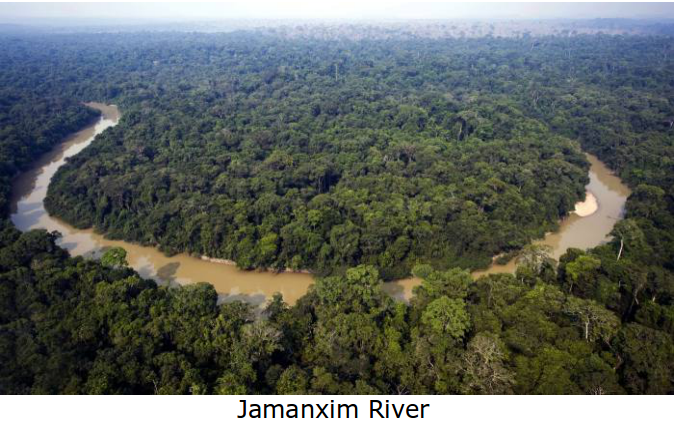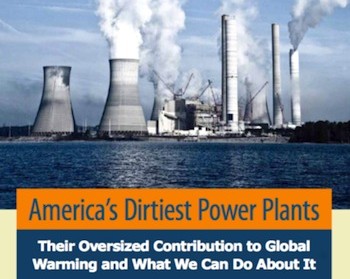
Amazon Rainforest Under Siege by Michel Temur, Corrupt Installed President of Brazil
It may come to light that Trump gained occupancy of the White House fraudulently, and has presumed the power to wreak havoc on our environmental protections. But consider the parallel case in Brazil, different only in that the actors are more amateurish.
Michel Temur was installed as Interim President after his centrist Democratic Movement Party (PMDB) led the impeachment of President Dilma Ruosseff of the leftist Workers’ Party (PT). Temur and Senator Aécio Neves, who was Rousseff’s 2014 opponent in the presidential campaign, had accused Rousseff of taking illegal state loans to shore up a tanking economy. Though no proof was produced against Rousseff, she was impeached anyway. Now however, there has emerged hard evidence of criminality by both Temur and Neves. Neves was caught on tape requesting 2 million Reals from a businessman, and was removed from office by a Supreme Court ruling. Temer was caught on tape also, when endorsing ongoing bribes to maintain the silence of former House Speaker Eduardo Cunha, who presided over Dilma’s impeachment – After Latest Bombshells, Only Michel Temer’s Removal and New Elections Can Save Brazil’s Democracy.

Temur is Brazil’s most unpopular leader on record. While he is momentarily refusing to resign, his removal seems inevitable, as his key allies are starting to abandon him. But just like in the U.S. where a *president who some consider a moron is eliminating environmental “impediments” to corporate profits, in Brazil a president considered a felon is doing the same. Even when these two are gone, their damage will have been done. Most of Temur’s damage in Brazil is the decimation of the Amazon rainforest and its ability to sequester vast amounts of CO2, making the planet less livable for all of us. Globally, an estimated 7.8 BMtC (billion tons of carbon per year) come from fossil fuels and cement manufacturing, and 1.1 billion tons of carbon come from deforestation for agriculture. Forests and other plant communities currently sequester an estimated 2.6 BMtC, or 29% of total global emissions – The Great American Stand Report.pdf (page 10).
The Brazilian agricultural lobby was a key player in replacing Rousseff with Temur, so Temur is obliging their desires. With soybeans and beef cattle a large part of the Brazilian economy, agribusinesses and large landholders have been pushing through legislation to reverse longstanding protections for the rainforest. Temer is also fast-tracking major development projects that will lead to further deforestation, including hydroelectric dams and highways. On top of which, a 43% cut in the Ministry of Environment budget and 44% cut in science research budgets will reduce environmental law enforcement in Amazonia to virtually zero – Amazon rainforest under threat as Brazil tears up protections. More directly, Temur has proposed legislation to reduce the size of the Jamanxim National Forest by about 862,610 acres, or 27% (an area roughly the size of Portugal). He also has has abolished a vast national reserve of roughly 17,800 square miles (bigger than the size of Denmark) to open the area to commercial mining of gold, iron, and manganese – Brazil scraps Amazon reserve to allow mining.

Soybeans and cattle grazing form the backbone of Brazil’s agriculture sector, which is 5% of GDP, but a full 29% when processing and marketing is added in. The record soy harvest this year, plus a strong comeback in the corn harvest, has been credited with pulling the Brazilian economy out of a multi-year recession – Agriculture, a strategic sector for Brazil’s economic growth. Out of economic priorities, many concessions are being made to soy and meat producing interests, a major one being the opening of more land through deforestation. But due to opposition by conservationists, agribusiness giants like Cargill and Archer-Daniels Midland pledged not to deforests the Amazon, agreeing to an Amazon Soy Moratorium in 2006. However, large-scale soy growers simply moved their plantations to areas like the Cerrado Biome, a tropical savanna next to the Amazon Biome, with an enormous capacity for storing CO2 – Amazon deforestation linked to Cargill, McDonald’s and British retail giants. In an all too common scenario, the rainforest is at the mercy of the Brazilian and global economies.
On 23 October 2017, 92 of the world’s largest banks will meet in São Paulo, Brazil to recommit to the Equator Principles, a set of rules guiding which industries and projects they will and won’t finance. These so called “Equator Banks” have promised to avoid or minimize the social, environmental and climate impacts of such projects. But the currently worded principles are too vague to prevent banks from financing dirty oil, deforestation, coal, and mega-hydro dams. So a coalition of 65 environmental, human rights and Indigenous Peoples’ organizations are organizing a global action on 23-24-25 October. They are calling on the Equator Banks to completely revise the outdated Equator Principles to include an explicit commitment to the Paris climate goal of limiting global temperature rise to well below 2 degrees, and to include Indigenous People’s rights to Free Prior and Informed Consent (FPIC) before investment in projects on their lands. Learn more here – Equator Banks Called Upon to Act on Climate Change and Indigenous Peoples’ Rights. And you may then want to sign a petition to the Equator Banks here – Equator Banks, Stop Financing Climate Disasters and Respect Indigenous Rights.



Recent Comments